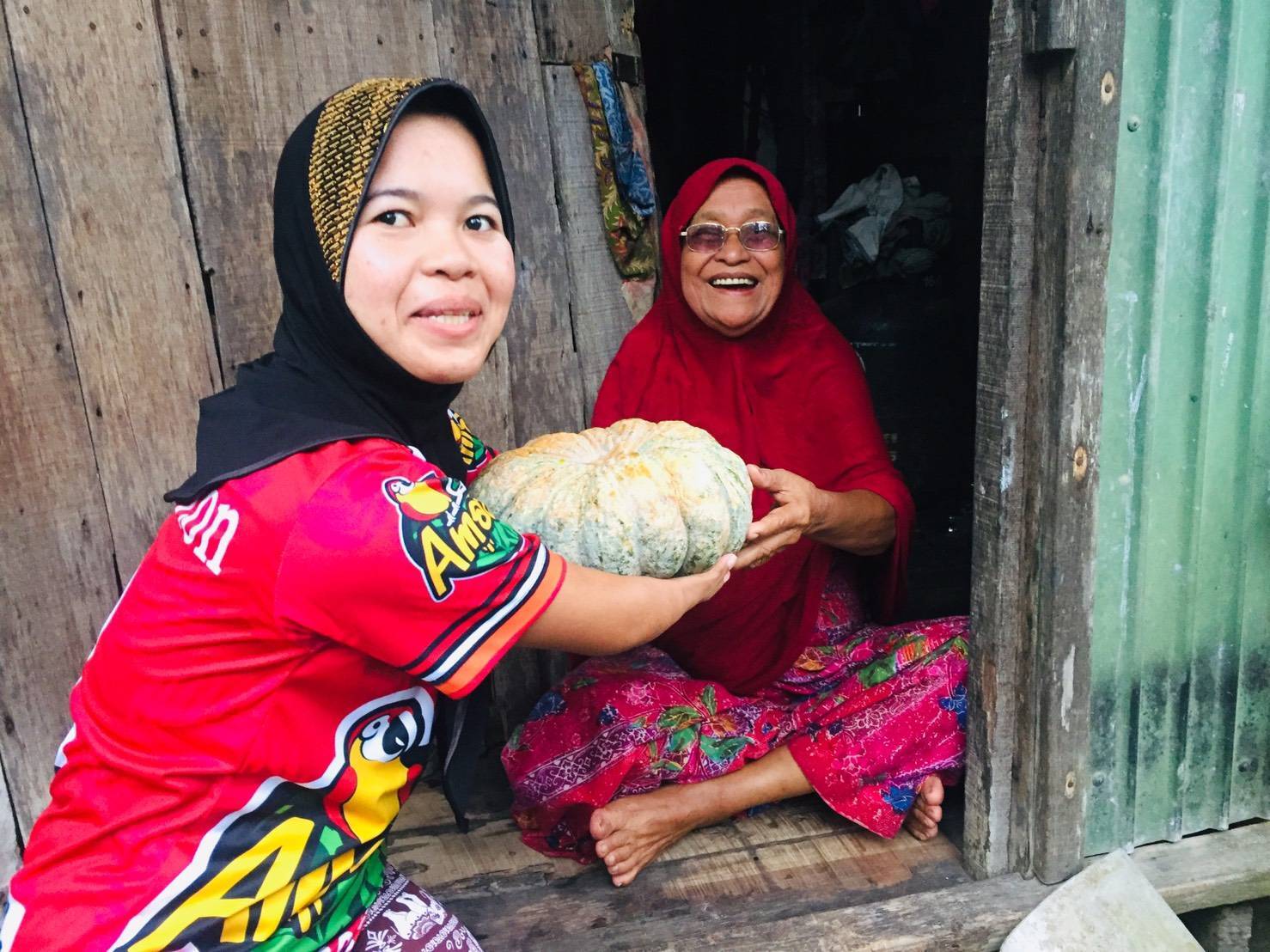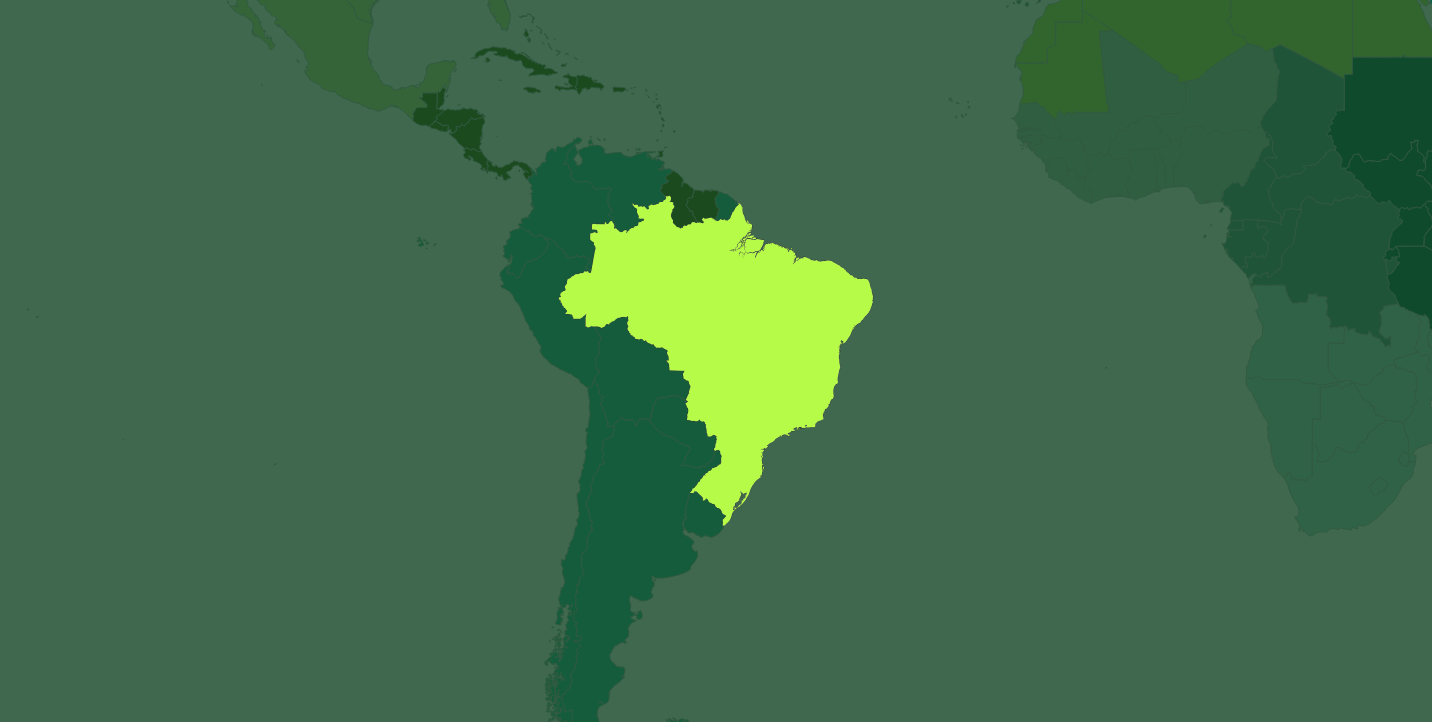Mato Grosso do Sul has been centre stage for conflict between farmers and the Guarani Kaiowá, in the process costing many indigenous lives. Government economic development policies, often involving large-scale deforestation, have been heavily influenced by powerful agribusiness interests in the National Congress. The creation of vast sugar plantations in the region has been a significant driver of indigenous displacement, encouraged in part by the global market for Brazil’s sugar, with international companies such as Coca- Cola having been accused of sourcing products from agribusinesses directly implicated in the destruction of indigenous territories in the region. In response, the community has recently begun to peacefully reoccupy their land, though this has often provoked a violent backlash.
This included, in 2015, the killing of a young community activist by a gunman, alleged by the community to have been hired by a local farmer.
This protracted displacement, in some cases over multiple generations, has had a profound impact on indigenous communities. In the Dourados reserve, for example, there are 12,000 Guarani Kaiowá living in not much more than 3,000 hectares as a result of unscrupulous land-grabbing in the area. Inside the reserve, suicide and homicide levels remain extraordinarily high. Indeed, a recent study by the Conselho Indigenista Missionário found that suicide rates in the community had almost tripled in the last three decades, raising them to arguably the highest in the world.
Central to their despair is their loss of land and the limbo the community now finds themselves in. In Mato Grosso do Sul more than 40 indigenous settlements are situated by roads, on the edge of farms or in town peripheries, typically without access to clean water, basic sanitation or safe housing. The roadside settlements are especially dangerous for children, who are often run over by trucks, adding to the already high indigenous child mortality rate in the area.
Nevertheless, though Guarani Kaiowá in Mato Grosso do Sul continue to face deadly attacks, destitution and demoralization, Guarani indigenous communities based in the state of São Paulo recently celebrated an important victory with the official identification in January 2017 of the territory of Pindoty/Araçá-mirim, amounting to more than a thousand hectares, by the Brazilian government. While only a first step in the land demarcation process, which has been stalled for more than a decade, it represents a successful milestone in the Guarani struggle for recognition of their land – though whether this success will be replicated in Mato Grosso do Sul remains to be seen.


